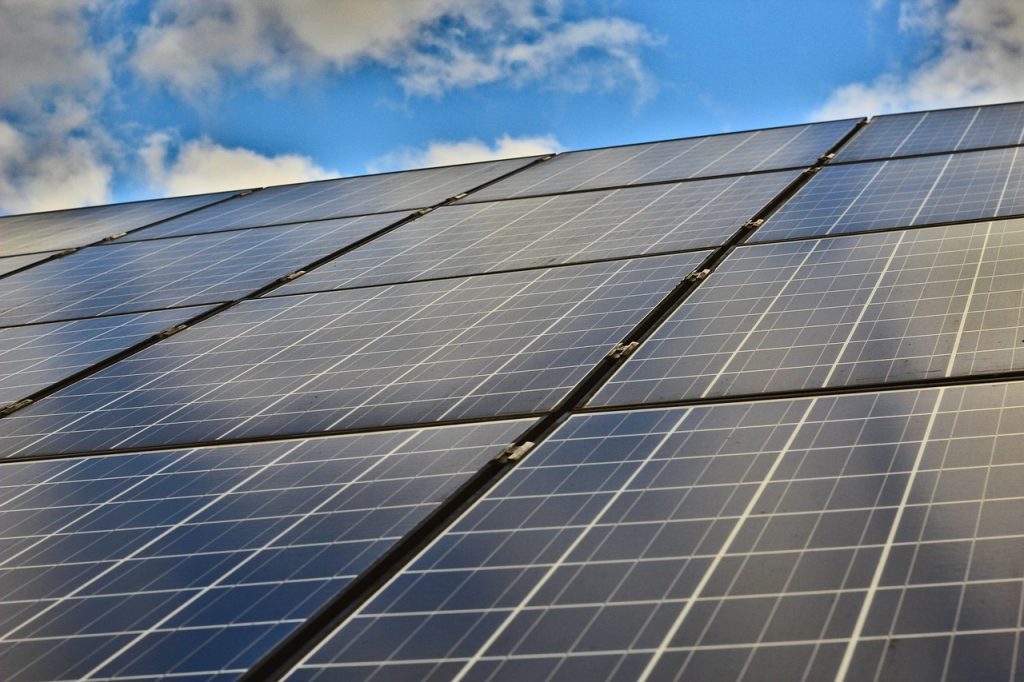
The Casino Industry Adopts Renewable Energy Sources
The casino industry is keeping with the times as it steadily replaces fossil fuels for renewable energy sources in order to protect the environment. In this article, we will tell you how physical and online casinos implement renewable energy in their day-to-day operations.
The Online Casino Industry
Overall, the online casino industry has lower carbon footprint than the physical casino industry, and this is especially true for online casinos with fast withdrawals which promote payment methods such as PayPal that are known for their environmental commitment.
Naturally, online casinos use less energy for their operations because they don’t have to power big buildings 24/7, and they have fewer staff members working at a time.
Still, there is a lot of hidden energy use in the online casino industry since the websites rely on powerful servers to work impeccably around-the-clock, and online transactions may use significant amount of energy.
Online gambling operators are aware of the aforementioned issues and they are working tirelessly to combat them.
Online casinos require powerful data centres that store information and share applications which contribute to more greenhouse gas emissions.
Nowadays, engineers and environmental specialists work together to optimise data...
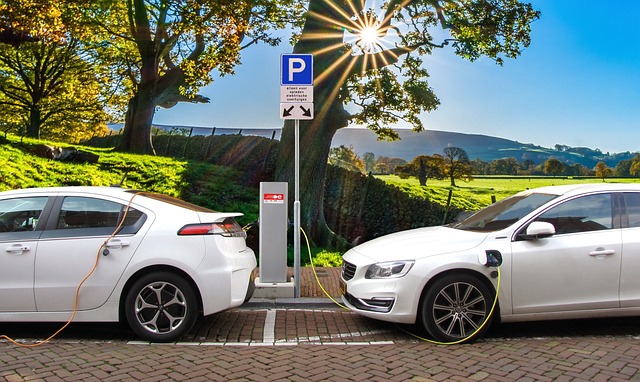
How the EU Boosts Renewable Energy Integration
The European Union is constantly looking for ways to increase the use of renewable energy in the grid of its member-states. In comparison to other continents, Europe does not possess the amount of non-renewable natural resources that Asia and the Americas do, so it is still heavily reliant on imported fossil fuels.
In order to reach energy independence, while at the same time trying to preserve the environment, the European Union has undertaken measures to ensure that its member-states invest in renewable energy and abandon traditional energy sources like natural gas.
In this article, we will discuss specific measures and laws enacted by the European Parliament in an attempt to boost renewable energy integration, as well as advice as to how to practically achieve it.
EU Laws and Directives Concerning Renewable Energy
The newest EU directive regarding the use of renewable energy, called Renewable Energy Directive, was adopted in September 2023. According to it, renewable energy has to account for 42.5% of all overall consumption across the EU by 2030. The previous target was 32%.
Moreover, the Directive also features measures about greenhouse gases. Member states can choose between two options:
reducing greenhouse gas intensity...
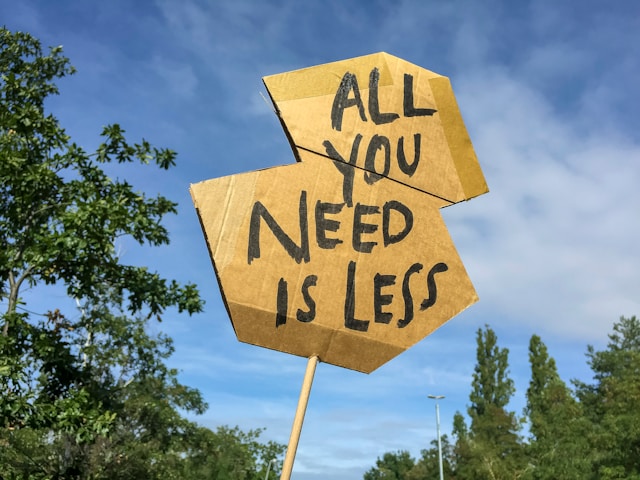
European Businesses Using Renewable Energy
If you read our welcome post or our article detailing the European Union’s plan to boost renewable energy, then you know that there are guidelines as to how the industry can slowly phase out non-renewable energy sources for renewable ones.
Bound by the 2023 Renewable Energy Directive, businesses have to report an annual increase of renewable energy use by at least 1.6%. Additionally, the EU seeks to reach 42% of hydrogen use in the industry by 2030.
For some, this might seem an impossible task, but there are already many companies in EU which have ditched fossil fuels and other forms of non-renewables for clean energy. Today we will tell you more about these businesses and how they achieved their green goals through the use of renewable energy.
Siemens
Siemens is a multinational technology company based in Munich, Germany. They make all sorts of products, from mobile phones to washing machines, and if you live in Europe, it’s likely you have owned at least one Siemens product in your life.
Siemens is now not only a leader in technology, but also in sustainability. The German company is committed to reducing its carbon footprint (reporting an...
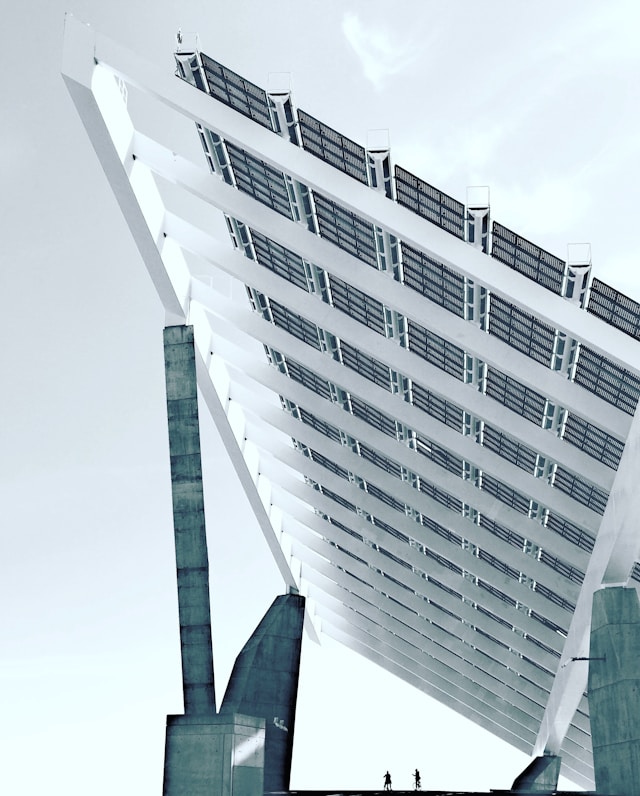
How Do Different Types of Renewable Energy Work
Our blog is dedicated to the exploration of renewable energy and how it is integrated in Europe. Still, perhaps not all people know what renewable energy is or how the different types work. In order to understand the present and future integration of renewable energy, it would come in handy to first find out how renewable energy operates.
This is why this article will discuss popular types of renewable energy sources and explain in detail the way they work. We will also talk about the advantages and disadvantages of every type of renewable energy sources.
What is Renewable Energy
To put it simply, renewable energy is energy generated from natural sources which are replenished at a higher rate than they are consumed. If you were to compare it to non-renewable energy like fossil fuels, fossil fuels take millions of years to form, so our consumption does not allow them to replenish fast enough.
Furthermore, many types of renewable energy sources do not even require replenishment as they represent infinite sources, think of solar or wind energy. Thereby, renewable energy can help us immensely once we milk dry our natural resources such as coal and natural gas.
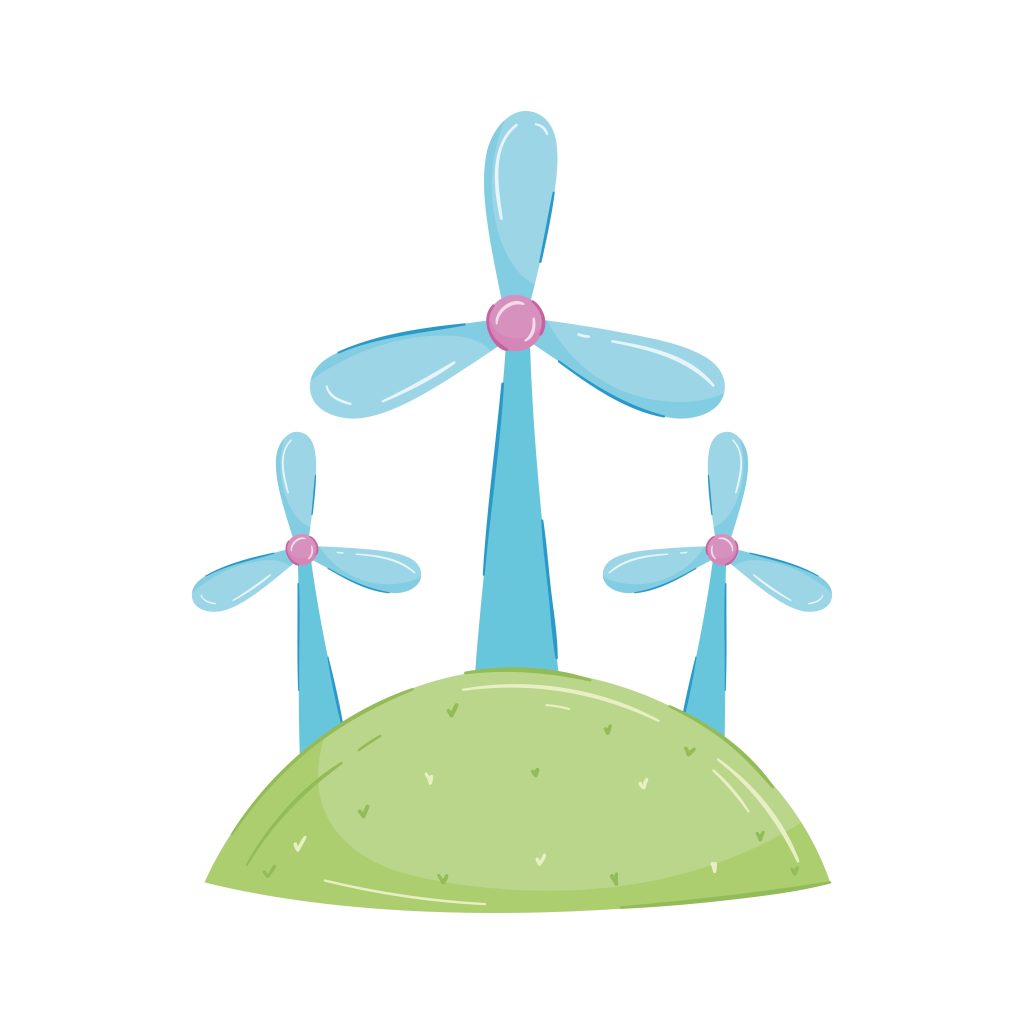
European Renewable Energy Integration Blog
Hello and welcome to our blog about renewable energy and how it is integrated by European governments and private businesses.
Europe has shown its willingness to move away from fossil fuels and other types of non-renewable energy and instead replace them with different types of green energy in the following few decades. Under the Renewable Energy Directive, the European Union has set a goal to reach 42.5% renewable energy by 2030, increasing the previous target of 32%.
We are very interested in the topic as we are European, and if you are as well, you might like to know the plans for integrating renewable energy in more industries and private residences.
We thought it might be a good idea to use our first blog post to tell you more about which countries currently lead the list on renewable energy integration. To do this, we will look at data gathered by the European Union and its subsidiaries.
European Countries and Renewable Energy Integration
To the surprise of no-one, the countries that lead the list of EU states which have most of their power sourced from renewable sources are the Nordic countries, namely Denmark, Sweden, Norway and Finland.
